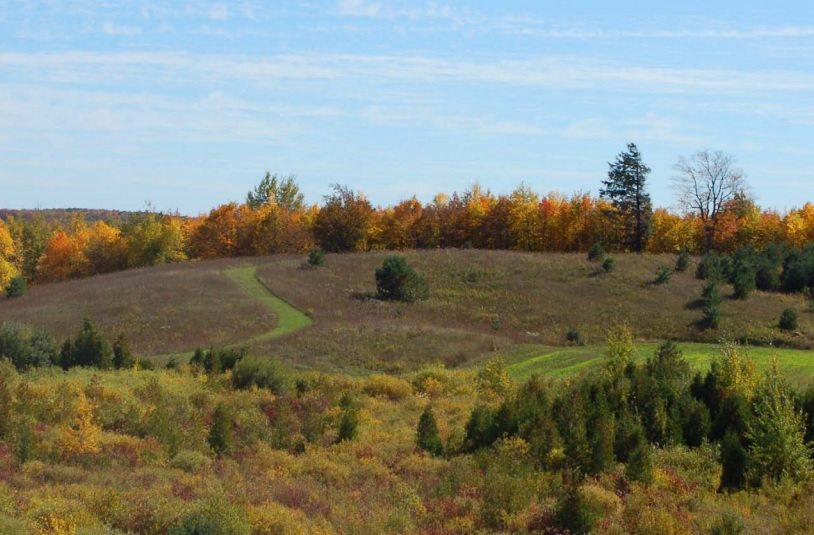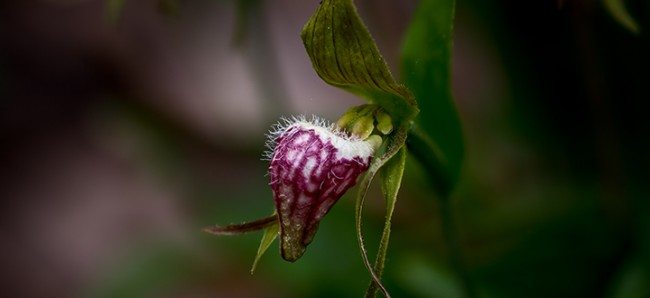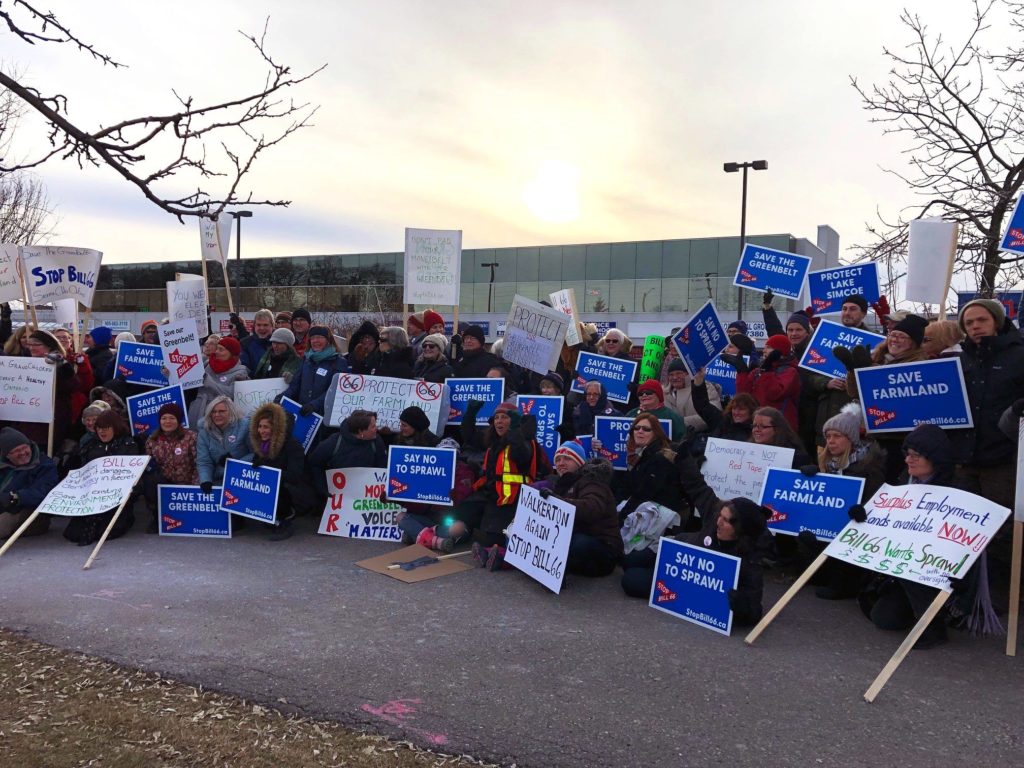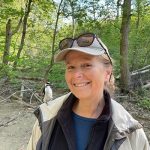Ontario Nature Blog
Receive email alerts about breaking conservation
and environmental news.
© Lora Denis
© Alliance for a Liveable Ontario
Earlier this month, the Auditor General released a blistering report critiquing the Government of Ontario’s “indefensible” process of removing thousands of hectares from the Greenbelt. The Premier immediately responded by stubbornly refusing to reverse his decision. His response has underlined once more the need for constant vigilance and a strong united voice if we are to protect the precious yet diminishing natural areas and farmland that sustain us.
Fortunately, we now have a “big tent” that brings together diverse groups and individuals concerned about the relentless onslaught of damaging changes to Ontario’s land use laws and policies. Let me introduce the Alliance for a Liveable Ontario (ALO).

The ALO is a unique collaborative and inclusive alliance seeking to ensure that “communities are vibrant, healthy, affordable, climate resilient and surrounded by permanently protected farmland and natural areas.” Established in 2022, the ALO already represents more than 130 groups and over 900 individual members from many sectors: agriculture, urban planning, environment, housing affordability, tenants, neighbourhood associations, labour, healthcare, academia, businesses and more.
The ALO is premised on the assumption that together we can make a difference by communicating our messages more broadly, effectively and powerfully.

Franz Hartmann is the alliance coordinator, who undertakes initiatives based on direction from a 12-member Coordinating Committee and advice from founding members who offer diverse expertise. I represent Ontario Nature on the Coordinating Committee.

For example, the ALO recently commissioned polling to gauge public perceptions about the cause of and preferred solutions to the housing crisis faced in Ontario. We now know that the vast majority of Ontarians (83%) do not believe that there is a need to build housing on the Greenbelt and farmland because there is enough land already available within existing urban boundaries. They (88%) want the government to focus on housing solutions where services already exist.
The responses were consistent across party lines and all demographic categories (gender, age, labour force, income, education, and location).
The ALO gathers and shares information, bringing relevant expertise to the fore. It amplifies our collective knowledge and voices. Here are four examples.

The alliance will be busy in the upcoming months. Priorities include growing and broadening representation in the ALO; preparing a “platform” and seeking endorsement from all political parties; highlighting practical and feasible housing solutions; building public awareness and support for protecting nature and farmland; and weaving Indigenous perspectives into our planning and messaging.
If you’re looking for hope and inspiration in the challenging times ahead, I invite you to consider becoming a member of the ALO.

Gananoque Lake Nature Reserve © Smera Sukumar
I have lived on the Oak Ridges Moraine for over 40 years. We once had owls, fish, snapping turtles, otters, snakes, swallows, bats, butterflies and other wildlife on our property. Gradually, as population grew, and construction companies were just beginning to wet their appetite for more and more development, these creatures began to disappear. Our mood began to sink lower and lower, as our disappointment with our government leaders grew exponentially. Combining this with what we have learned about climate change and its effects on earthy life in the future, my opinion regarding the the entire human “civilization” has never been lower. I am grappling with ideas about how our leadership can be improved in order to save our living creatures from extinction, but I have as yet failed to find any solutions.